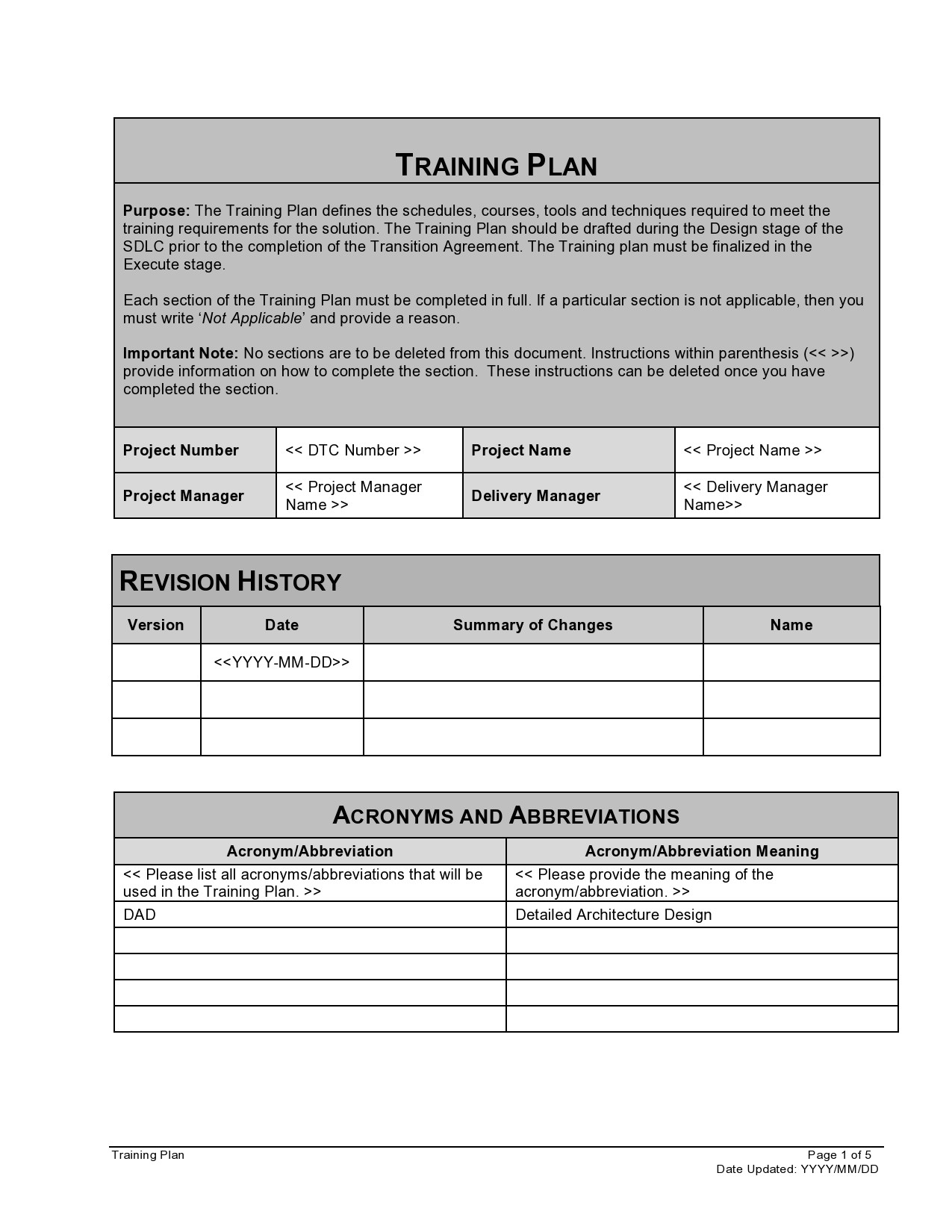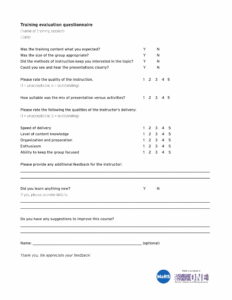Crafting an effective and customized training program is essential for any organization seeking to empower its employees and enhance performance. Creating a comprehensive training program template serves as a solid foundation for developing tailored training solutions that meet the unique needs of your organization and learners.
A well-structured template provides a clear framework for designing, implementing, and evaluating training programs. It ensures consistency across multiple training initiatives, streamlines the development process, and facilitates collaboration among stakeholders. By adopting a standardized approach, organizations can save time, minimize duplication of efforts, and ensure a high-quality learning experience for all participants.

Steps for Crafting an Effective Training Program Template
Developing a robust training program template involves several key steps:
1. Define Objectives and Target Audience: Clearly articulate the goals and objectives of the training program. Identify the target audience, their specific needs, learning styles, and prior knowledge.
2. Establish Structure and Content: Determine the structure and flow of the program, including the sequence of modules, duration of each session, and delivery methods. Define the key learning objectives for each module and curate relevant content.
3. Develop Assessments and Evaluations: Design assessments and evaluations to measure learner understanding and progress. Consider various assessment formats, such as quizzes, assignments, simulations, or case studies.
4. Consider Delivery Methods and Logistics: Plan how the program will be delivered, whether through instructor-led sessions, online courses, or blended learning. Determine the scheduling, logistics, and resources required for each delivery method.
Tips for Optimizing Your Training Program Template
To maximize the effectiveness of your training program template, consider the following tips:
1. Align with Organizational Goals: Ensure that the training program aligns with the overall strategic objectives of the organization. Identify the knowledge, skills, and behaviors that are critical for achieving business outcomes.
2. Incorporate Flexibility: Create a template that allows for customization and adaptation to meet the specific needs of different departments, teams, or individuals. Provide options for optional modules or elective content.
3. Foster Collaboration and Feedback: Encourage collaboration among stakeholders throughout the development and implementation of the template. Seek regular feedback from learners and instructors to identify areas for improvement and continuous enhancement.
4. Utilize Technology: Leverage technology to enhance the learning experience by incorporating multimedia content, interactive simulations, and online assessment tools.
5. Evaluate and Refine: Regularly evaluate the effectiveness of the training program template and make necessary adjustments based on data and feedback. Refine the template over time to ensure it remains relevant and meets the evolving needs of the organization.
By following these guidelines and incorporating these tips, you can create a training program template that serves as a valuable asset for your organization. It will enable you to deliver high-quality training that empowers employees, enhances performance, and drives business success.

